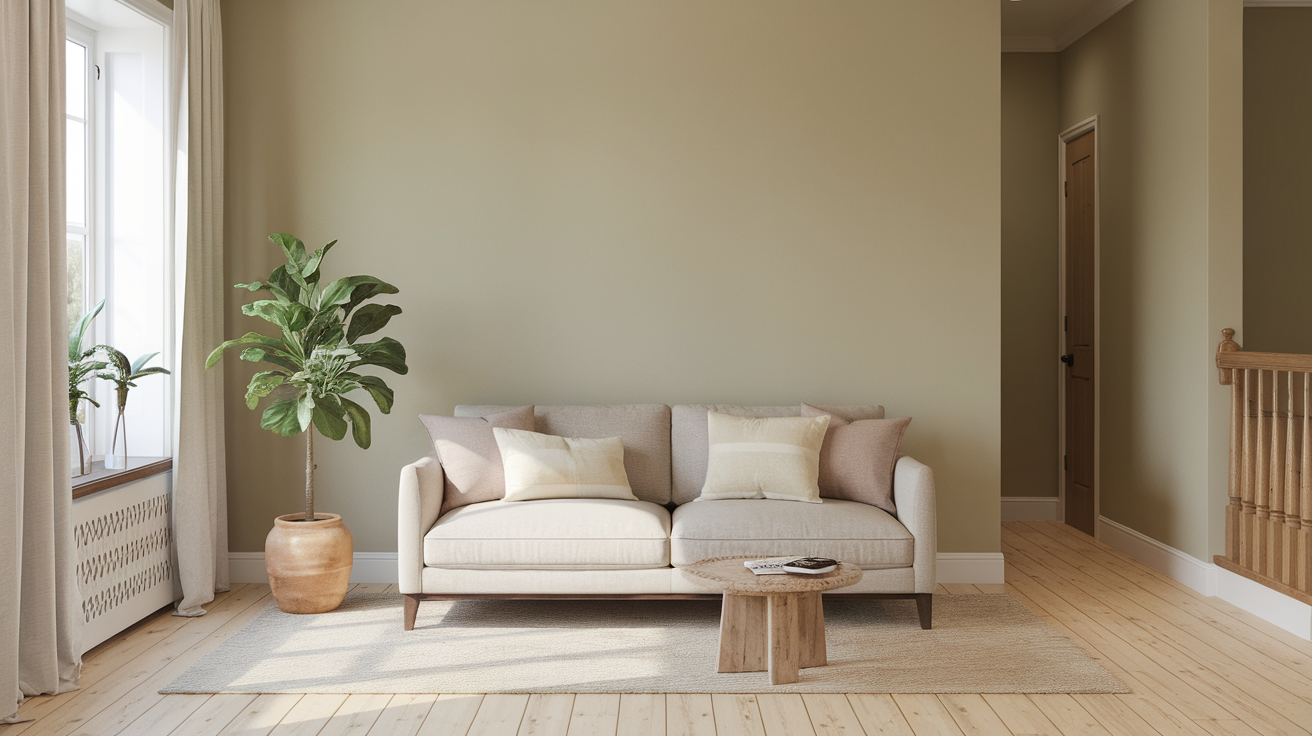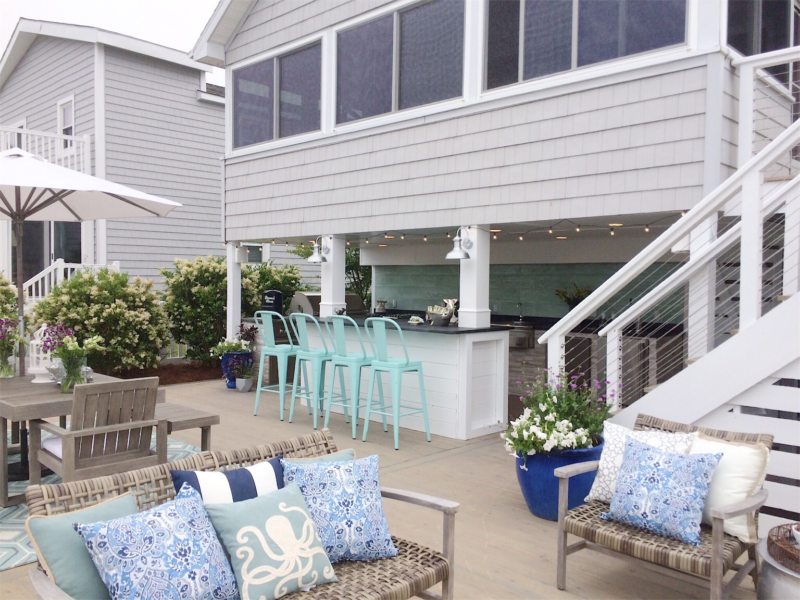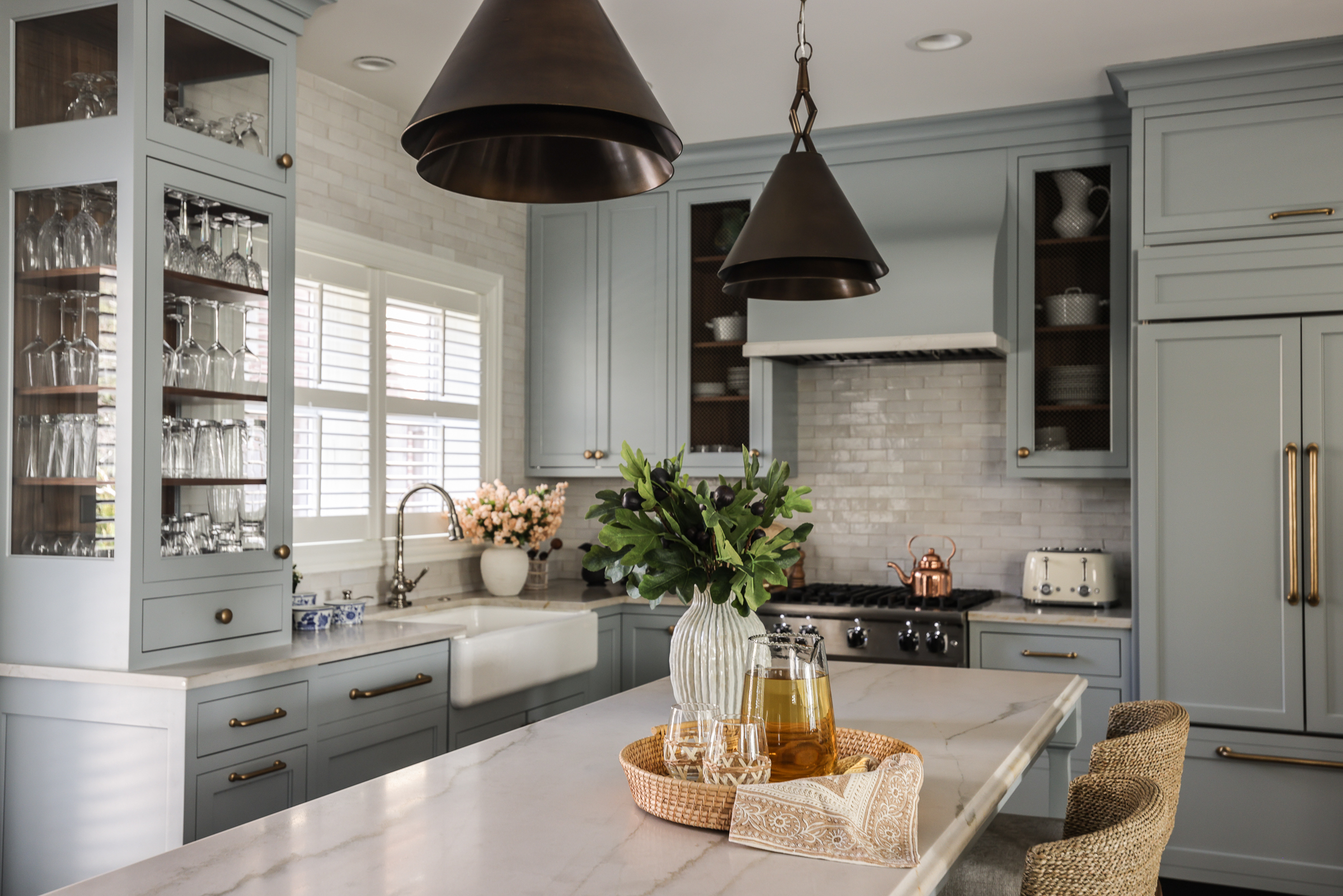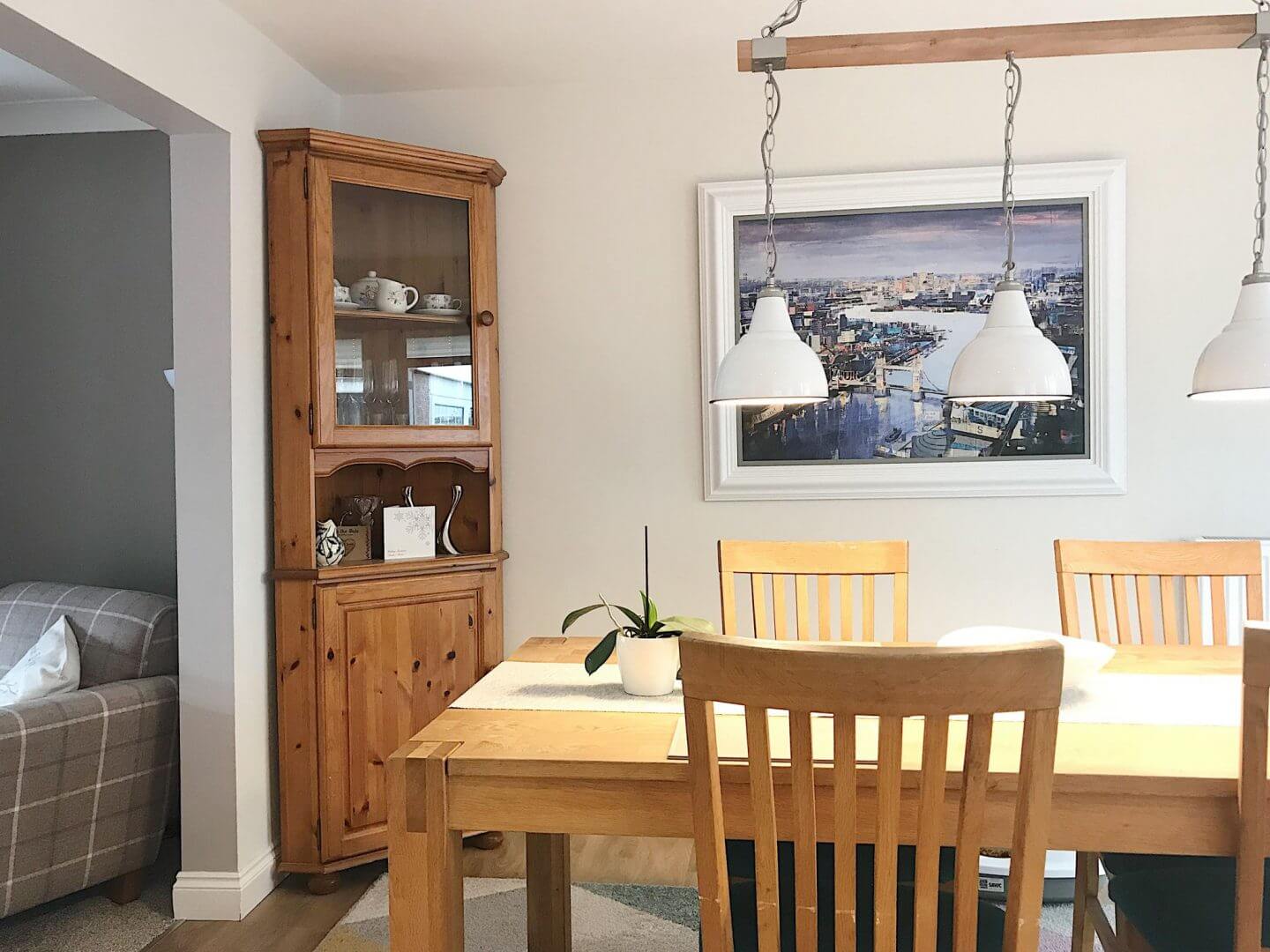Useful Gray Undertones: A Complete Guide for Every Space

When it comes to interior design, choosing the perfect gray paint can be trickier than expected. Not all grays are created equal—some feel warm, others lean cool, and the subtle differences often come down to gray undertones. Understanding useful gray undertones is essential for creating harmony in your space, whether you’re updating a living room, bedroom, or office.
Gray has become one of the most popular neutral shades in modern design because of its versatility. However, the wrong undertone can make a space feel too cold, flat, or even clash with furniture and décor. By learning how undertones work and how to select the right one, you can ensure your gray walls look balanced, stylish, and timeless.
This guide explores everything you need to know about useful gray undertones—from identifying them to pairing them with complementary colors—so you can make confident design choices.
What Are Gray Undertones?
Every gray has an underlying color that influences how it appears in different lighting. These subtle shades are called undertones. While a gray may look “neutral” on a paint swatch, once applied to walls, its undertones—whether warm or cool—will become noticeable.
Common Gray Undertones
- Blue undertones – Create a crisp, modern, and cool aesthetic.
- Green undertones – Provide a calming, natural vibe without being too cold.
- Purple undertones – Add sophistication and elegance while maintaining softness.
- Beige undertones (Greige) – Warm and versatile, often used for cozy, transitional spaces.
Why Gray Undertones Matter
Choosing the right undertone ensures your space looks cohesive rather than clashing with flooring, furniture, or décor. For example:
- A gray with blue undertones may clash with warm wood tones.
- A beige-gray (greige) works beautifully with cream furniture and warm accents.
- Green undertones can balance spaces with lots of natural greenery.
Ultimately, undertones affect the mood and harmony of a room, making them essential for long-lasting design satisfaction.
Useful Gray Undertones for Different Spaces
1. Living Rooms
- Best Undertones: Greige and warm beige-gray.
- Why: These create a welcoming atmosphere that pairs well with both modern and traditional furniture.
2. Bedrooms
- Best Undertones: Blue and purple undertones.
- Why: They bring calmness and serenity, perfect for restful environments.
3. Kitchens
- Best Undertones: Neutral or green-gray.
- Why: They work with stainless steel, white cabinetry, and natural stone countertops.
4. Bathrooms
- Best Undertones: Blue or green-gray.
- Why: These shades feel fresh, clean, and spa-like.
5. Offices & Workspaces
- Best Undertones: Cool grays with blue undertones.
- Why: They enhance focus and create a professional vibe.
How to Identify Gray Undertones
Even the most trained eye can struggle with undertones. Here are practical tips:
- Compare with pure white: Place a white sheet of paper next to the gray swatch—undertones will pop out.
- Test with wood tones: Warm woods highlight cooler undertones, while cool finishes highlight warmer undertones.
- Look in natural vs. artificial light: Gray undertones shift dramatically depending on the light source.
- Use large paint samples: Paint at least a 2×2 ft section on your wall and observe throughout the day.
Popular Useful Gray Undertones
- Benjamin Moore Revere Pewter (Greige undertone): Cozy, timeless, and extremely versatile.
- Sherwin-Williams Agreeable Gray (Beige undertone): A designer favorite for open spaces.
- Farrow & Ball Cornforth White (Neutral undertone): Perfect for clean, modern interiors.
- Sherwin-Williams Passive (Blue undertone): Cool and calming, ideal for contemporary spaces.
Tips for Choosing the Right Undertone
- Match with flooring: Warm wood floors pair best with greige or beige-gray undertones.
- Coordinate with fabrics: Look at upholstery, curtains, and rugs to guide undertone choice.
- Consider room orientation: North-facing rooms benefit from warm grays, while south-facing rooms can handle cooler undertones.
- Think about mood: Want cozy? Go warm. Want modern? Go cool.
Conclusion
Understanding useful gray undertones is the key to unlocking the true potential of gray in interior design. Whether you prefer the cozy warmth of greige, the serene calm of blue-gray, or the sophisticated vibe of purple undertones, the right choice can transform your space.
Take time to test shades in different lighting and coordinate with existing elements like flooring and furniture. With the right undertone, gray becomes a timeless foundation for any room.
Which gray undertone do you see working best in your home? Share your thoughts and let’s discuss design possibilities!




